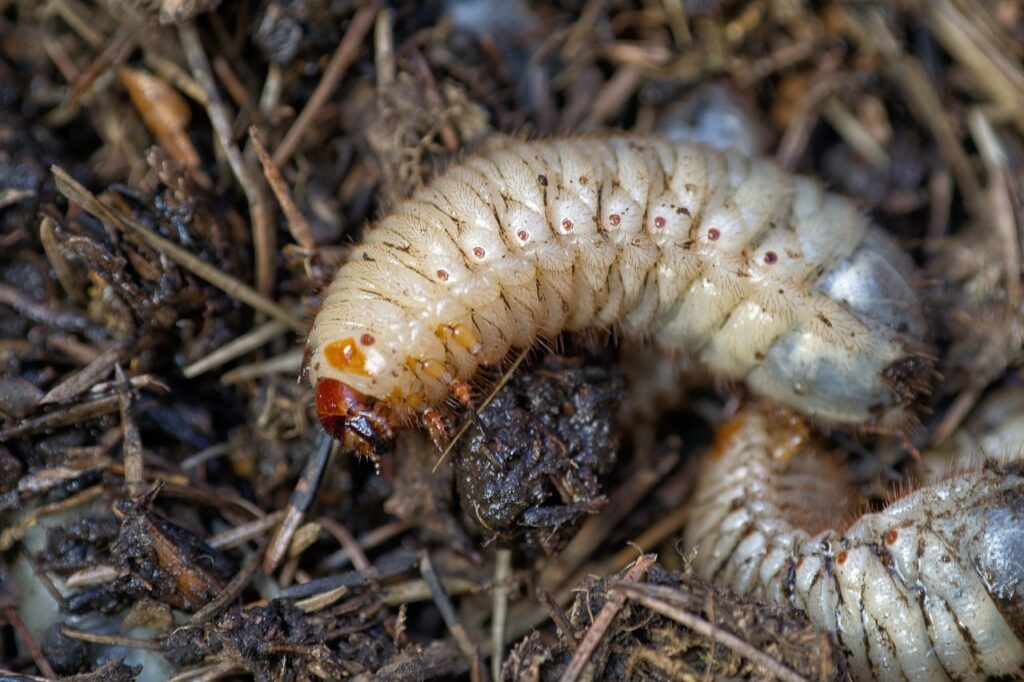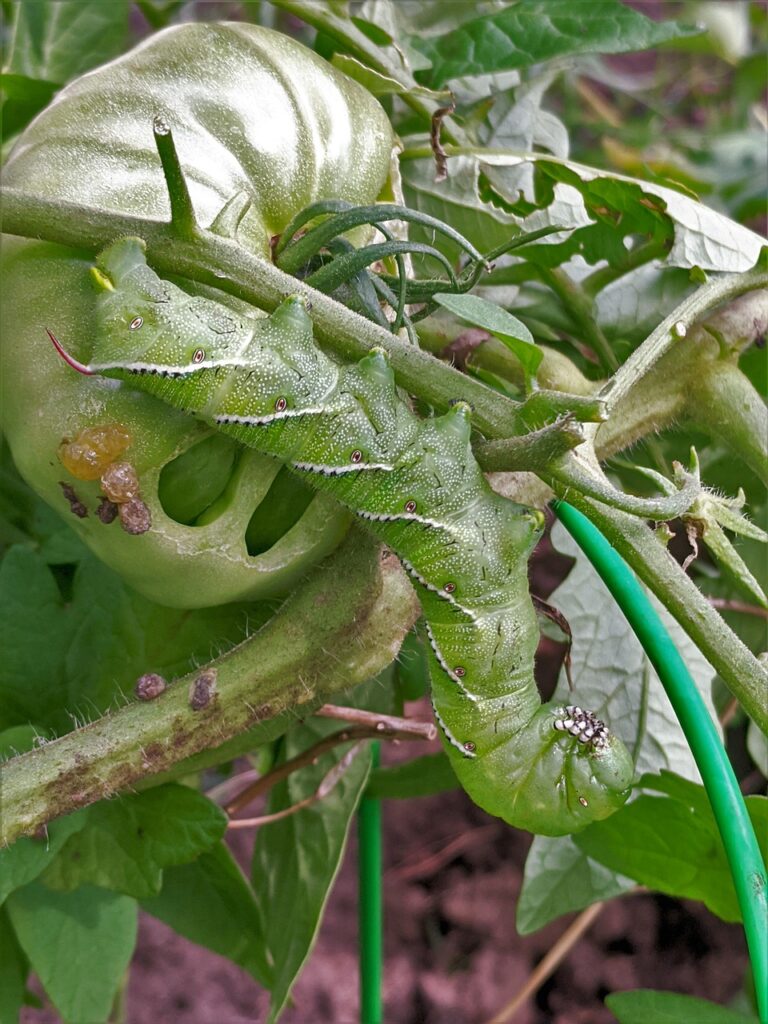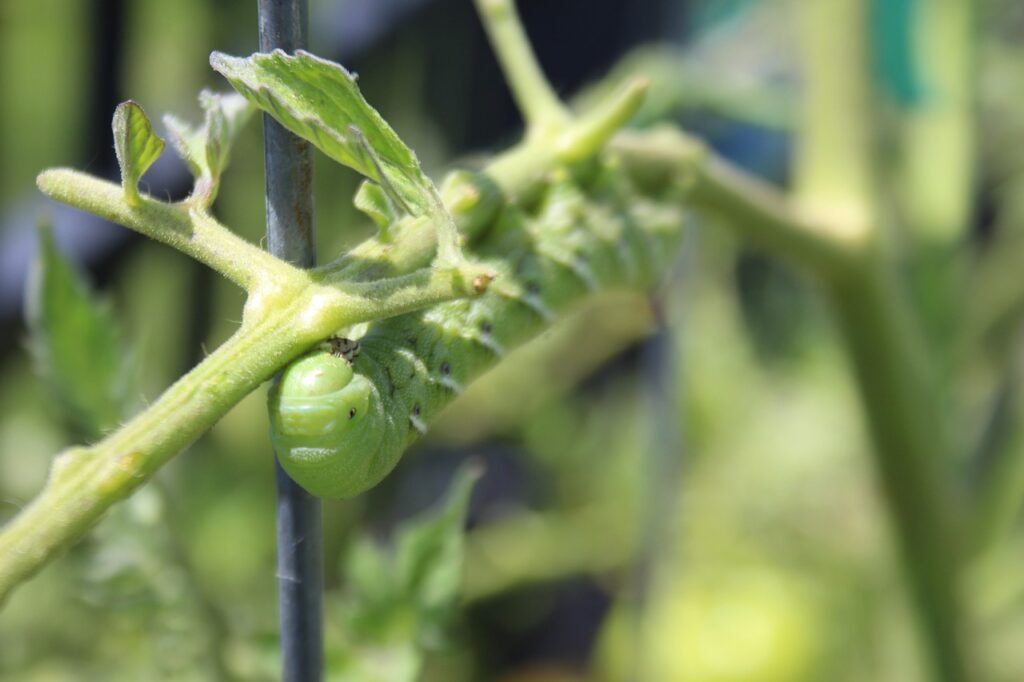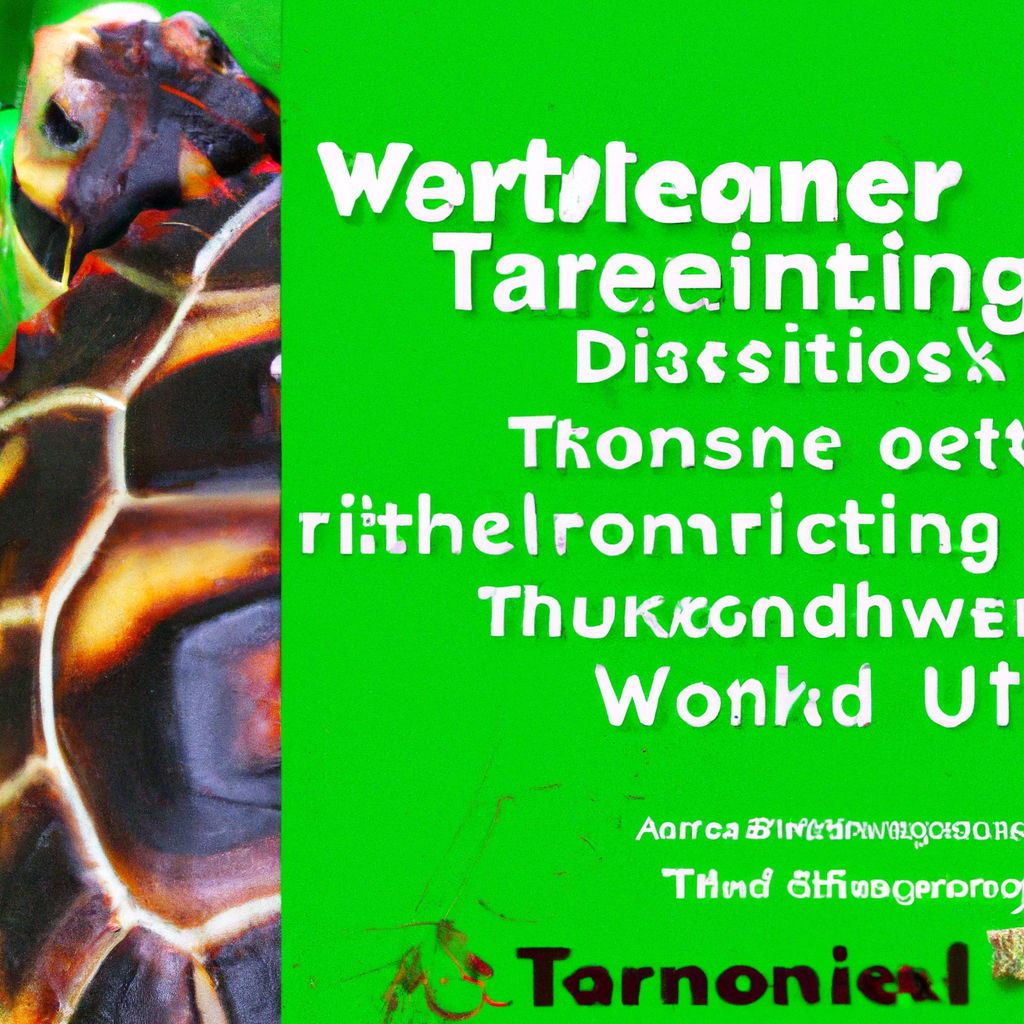So you’ve got a pet turtle and you’re wondering how to keep it healthy and happy. Well, one thing you need to be aware of is the potential for parasitic worm infections. These pesky worms can latch onto your turtle and cause all sorts of problems if left untreated. But don’t worry, we’ve got you covered. In this article, we’ll give you some helpful tips on how to recognize the signs of a worm infection in your turtle and the best methods for treating it. With these tips in your toolbox, you’ll be able to keep your turtle worm-free and thriving.
Recognizing Parasitic Worm Infections
Parasitic worm infections are a common health concern for turtles. These infections can have serious consequences if left untreated, so it’s essential for turtle owners to be able to recognize the symptoms and take appropriate action. There are several ways to identify a parasitic worm infection in a turtle, including observing changes in behavior and checking for physical signs.
Symptoms of parasitic worm infections
If your turtle is suffering from a parasitic worm infection, there are certain symptoms you may notice. These symptoms can vary depending on the type of infection and the severity of the infestation. Common signs of parasitic worm infections in turtles include weight loss, lethargy, loss of appetite, diarrhea, and abnormal feces. In some cases, you may even see worms in your turtle’s stool or around its cloaca.

Observing changes in behavior
One of the ways to recognize a parasitic worm infection in your turtle is through changes in its behavior. Infected turtles may become increasingly lethargic and lose interest in their surroundings. They may also exhibit a decrease in appetite or start refusing food altogether. If you notice any unusual behavior in your turtle, it’s important to consult with a veterinarian who can determine if a parasitic worm infection is the underlying cause.
Checking for physical signs
Physical signs can also indicate the presence of parasitic worm infections in turtles. A common physical sign is weight loss or a visibly emaciated appearance. In severe cases, you may be able to see the worms themselves, either in your turtle’s feces or around its cloaca. It’s important to note that not all types of parasitic worms are visible to the naked eye, so using other diagnostic methods, such as fecal examination or blood tests, may be necessary for accurate identification.

Common Types of Parasitic Worm Infections in Turtles
Turtles can be infected by various types of parasitic worms, with some of the most common types including roundworms, tapeworms, and flukes.
Roundworm infections
Roundworm infections, also known as nematode infections, are a prevalent type of parasitic worm infection in turtles. These worms can affect the digestive system and cause symptoms such as weight loss, diarrhea, and an overall decline in health. Roundworms are typically contracted through ingestion of contaminated food or water.
Tapeworm infections
Tapeworm infections, or cestode infections, are another common type of parasitic worm infection in turtles. These flat, segmented worms can attach themselves to the intestinal wall, leading to digestive issues and poor nutrient absorption. Symptoms may include weight loss, abdominal discomfort, and the presence of tapeworm segments in the feces. Turtles can become infected with tapeworms by ingesting infected intermediate hosts, such as beetles or snails.
Fluke infections
Fluke infections, also known as trematode infections, are caused by parasitic flatworms that can infest various organs in turtles, including the liver, lungs, and gastrointestinal tract. Flukes can cause severe damage to these organs and may lead to respiratory distress, poor digestion, and overall decline in health. Turtles can acquire flukes through ingestion of infected intermediate hosts, such as aquatic snails or fish.
Diagnostic Methods for Parasitic Worm Infections
To accurately diagnose a parasitic worm infection in your turtle, various diagnostic methods can be used. These methods include fecal examination, blood tests, and diagnostic imaging.
Fecal examination
Fecal examination is a common diagnostic method used to identify the presence of parasitic worms in turtles. A small sample of your turtle’s feces is collected and examined under a microscope to detect the presence of eggs, larvae, or actual worms. This method is especially effective for detecting roundworm and tapeworm infections.
Blood tests
Blood tests can also be used to diagnose parasitic worm infections in turtles. These tests can detect specific antibodies or antigens associated with certain parasitic worms, providing valuable information about the presence and severity of an infection. Blood tests are particularly useful for diagnosing fluke infections.
Diagnostic imaging
In some cases, diagnostic imaging techniques such as X-rays or ultrasounds may be necessary to identify parasitic worm infections in turtles. These imaging methods can help visualize the internal organs and detect any abnormalities or signs of an infection. Diagnostic imaging is often used to diagnose fluke infections, as these worms can affect multiple organs.

Preventing Parasitic Worm Infections
Prevention is key when it comes to parasitic worm infections in turtles. By implementing a few simple measures, you can significantly reduce the risk of your turtle contracting these infections.
Maintaining a clean habitat
A clean and hygienic habitat is essential for preventing parasitic worm infections in turtles. Regularly clean and disinfect the enclosure, paying special attention to water sources, substrate, and any objects or decorations. Ensure that the water is clean and free from any potential sources of contamination.
Quarantining new turtles
When introducing a new turtle to your collection, it’s crucial to quarantine them for a period of time before allowing them to interact with other turtles. This quarantine period helps prevent the introduction of potential parasites or infections into your existing turtle population. During this time, closely monitor the new turtle for any signs of illness or parasitic worm infections.
Regular veterinary check-ups
Regular veterinary check-ups are vital for ensuring the overall health and well-being of your turtles. A veterinarian can perform routine examinations and tests to detect any signs of parasitic worm infections before they become severe. Your vet may also recommend preventive treatments or screening tests to keep your turtles healthy and parasite-free.
Treating Parasitic Worm Infections
If your turtle is diagnosed with a parasitic worm infection, treatment should be initiated promptly to prevent further complications and alleviate the turtle’s suffering. There are various treatment options available, including medication administration and natural remedies.
Medication administration
Medications prescribed by a veterinarian are often the most effective treatment for parasitic worm infections in turtles. These medications can target and eliminate specific types of worms, helping to eradicate the infection. The dosage and duration of treatment will depend on the type of worm and the severity of the infection. It’s important to follow the veterinarian’s instructions carefully when administering medication to your turtle.
Natural remedies
In some cases, natural remedies may be used in conjunction with or as an alternative to medication. Certain herbs, supplements, or dietary changes may help support your turtle’s immune system and improve its ability to fight off the infection. However, it’s important to consult with a veterinarian before using any natural remedies to ensure their safety and effectiveness.
Follow-up care
After completing the initial treatment, it’s crucial to provide appropriate follow-up care to monitor your turtle’s progress. Your veterinarian may recommend repeat fecal examinations or blood tests to ensure that the infection has been fully cleared. Continued observation and regular check-ups will help prevent relapses and ensure that your turtle remains healthy.

Importance of Timely Treatment
Timely treatment of parasitic worm infections is critical for several reasons. Untreated infections can lead to various complications and have a significant impact on the turtle’s overall health. Additionally, prompt treatment helps prevent the transmission of parasites to other turtles or animals.
Potential complications of untreated infections
If left untreated, parasitic worm infections can cause severe complications, including organ damage, nutrient deficiencies, and even death. Some types of worms can migrate to other organs, leading to secondary infections or obstruction of vital structures. Delaying treatment increases the risk of these complications and can make the infection more difficult to eradicate.
Impact on the turtle’s overall health
Parasitic worm infections can have a significant impact on a turtle’s overall health and well-being. These infections can cause weight loss, malnutrition, anemia, and a weakened immune system. Affected turtles may become more susceptible to other infections or diseases, making it essential to address the parasitic worm infection promptly to prevent further deterioration of the turtle’s health.
Preventing transmission to other turtles
Parasitic worm infections can be highly contagious and easily spread among turtles in the same enclosure. Prompt treatment helps prevent the transmission of parasites to other turtles, reducing the risk of a widespread infestation. By isolating, treating, and monitoring infected turtles, you can protect the health of your entire turtle population.
Long-Term Care for Turtles with Parasitic Worm Infections
Even after a successful treatment, it’s important to provide long-term care to turtles that have previously suffered from parasitic worm infections. This care focuses on proper nutrition, habitat maintenance, and monitoring for any signs of recurrence.
Proper nutrition
A well-balanced and nutritious diet is essential for promoting the overall health and immune function of turtles. Providing a varied diet that includes appropriate amounts of protein, vegetables, and calcium-rich foods can help support the turtle’s recovery and prevent future infections. Consult with a veterinarian or reptile nutritionist to ensure that your turtle receives an appropriate diet.
Habitat maintenance
Maintaining a clean and suitable habitat is crucial for preventing reinfection and promoting the turtle’s well-being. Regularly clean and disinfect the enclosure, replace soiled substrate, and ensure that the water is filtered and changed frequently. Adequate environmental conditions, such as appropriate temperature and humidity levels, are also important for the turtle’s health and recovery.
Monitoring for recurrence
Even though treatment may have been successful, there is always a risk of recurrent infections in turtles that have previously suffered from parasitic worm infections. Regularly monitor your turtle for any signs of illness or changes in behavior. If you notice any concerning symptoms, consult with a veterinarian as soon as possible for further evaluation and treatment.

Risk Factors for Parasitic Worm Infections
Certain risk factors can increase a turtle’s susceptibility to parasitic worm infections. By understanding these risk factors, you can take appropriate preventive measures to protect your turtles.
Unsanitary living conditions
Unsanitary living conditions, such as dirty water or contaminated substrate, provide a favorable environment for parasites to thrive. Turtles that are kept in unclean enclosures are more likely to contract parasitic worm infections. Regular cleaning and maintenance of the habitat are essential for preventing these infections.
Overcrowding in enclosures
Overcrowding in enclosures can contribute to the spread of parasitic worm infections among turtles. When turtles are kept in close proximity to each other, the risk of transmission of parasites increases. Providing an adequately sized enclosure and limiting the number of turtles per enclosure can help minimize this risk.
Inadequate diet
An inadequate diet can weaken a turtle’s immune system and make it more vulnerable to infections. Poor nutrition can also contribute to malnutrition and deficiencies that can further compromise the turtle’s health. Providing a balanced and appropriate diet is crucial for maintaining the turtle’s overall health and resilience to parasitic worm infections.
Educating Turtle Owners about Parasitic Worm Infections
Educating turtle owners about parasitic worm infections is essential for raising awareness and promoting responsible pet ownership. By providing information on prevention, identification, and treatment, turtle owners can make informed decisions and take appropriate measures to protect their turtles.
Raising awareness
Raising awareness about parasitic worm infections in turtles can help owners recognize the importance of regular veterinary care and preventive measures. Through educational campaigns, online resources, and community outreach, owners can be informed about the risks and consequences of these infections.
Providing information on prevention
Providing clear information on prevention strategies can empower turtle owners to take proactive steps to prevent parasitic worm infections in their turtles. This information can include proper habitat maintenance, quarantine procedures, and the importance of regular check-ups with a reptile veterinarian.
Promoting responsible pet ownership
Ultimately, promoting responsible pet ownership is crucial for preventing parasitic worm infections in turtles. This includes providing proper care, nutrition, and veterinary attention for turtles, as well as avoiding the purchase or adoption of turtles from unreliable sources. Encouraging responsible ownership helps ensure the health and well-being of turtles and reduces the prevalence of parasitic worm infections.
Conclusion
Parasitic worm infections are a significant concern for turtle owners, but with proper knowledge and proactive measures, these infections can be prevented, diagnosed, and treated effectively. By recognizing the symptoms, using diagnostic methods, and providing timely treatment, turtle owners can protect their pets from the harmful effects of parasitic worm infections. Long-term care and responsible pet ownership are essential for maintaining the health and well-being of turtles, ensuring that they live long and happy lives.
